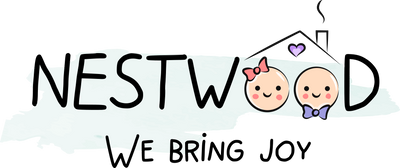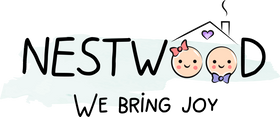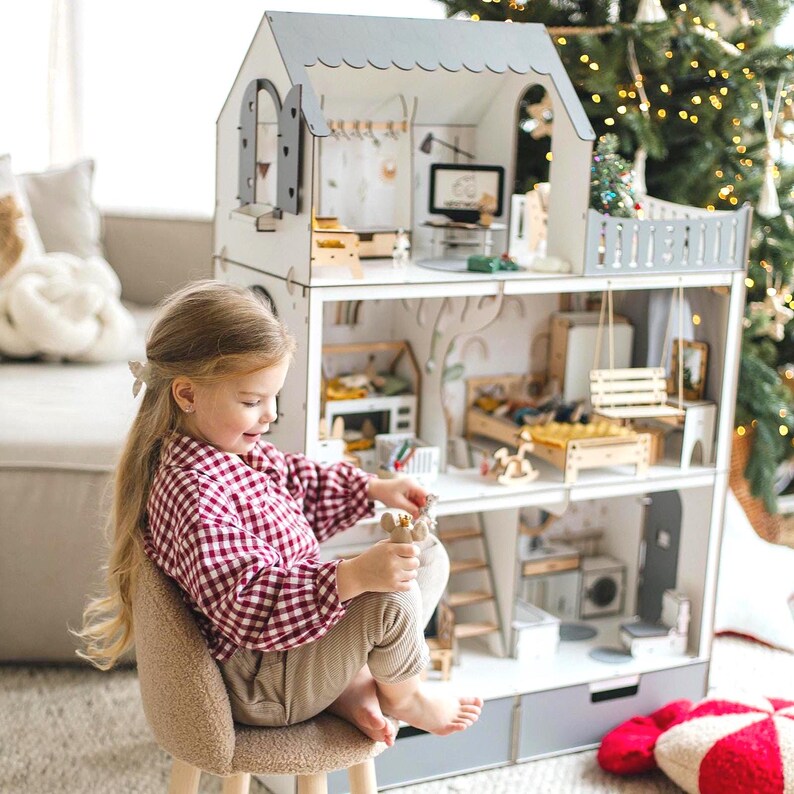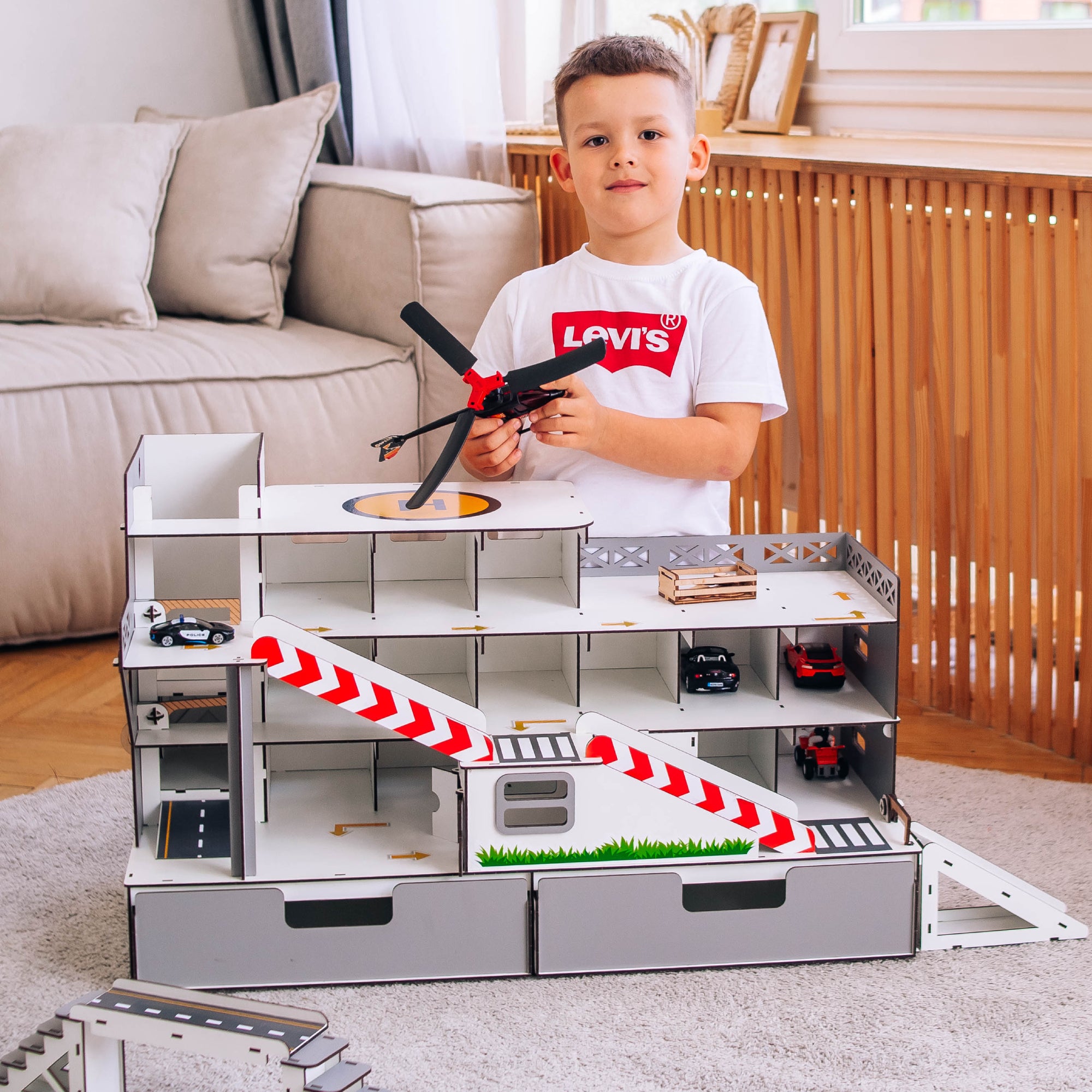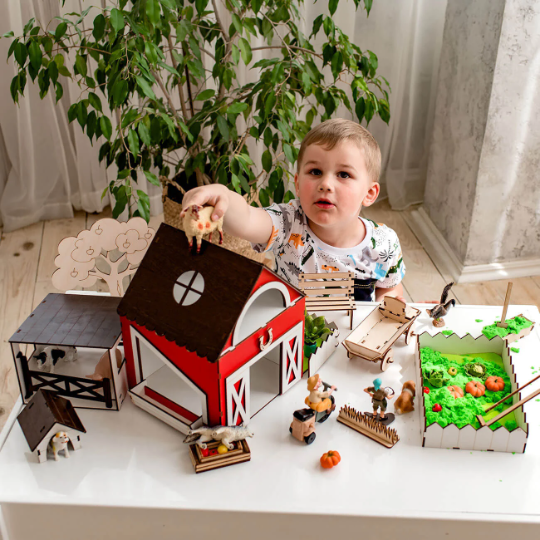Building Logic Through Play: How Toys Teach Thinking Without a Single Worksheet
We’ve all seen the educational apps and printable worksheets promising to turn toddlers into geniuses. But the truth is, logical thinking in early childhood is best developed through something much simpler—and far more enjoyable: play.
If your child is age 3 to 6, logic is something they’re learning every single day. It’s not about memorizing answers. It’s about recognizing patterns, predicting outcomes, and solving problems—skills that form the basis for mathematics, reading, and critical thinking later on.
How Play Develops Logical Thinking
Here’s how thoughtfully designed educational toys for kids help build logic:
-
Sequencing: Placing furniture in the right order (bedroom before bathroom) helps understand sequences.
-
Sorting and Matching: Grouping furniture by size, color, or function trains categorization.
-
Cause and Effect: Building a dollhouse and watching how pieces fit reinforces problem-solving.
-
Spatial Awareness: Assembling and arranging furniture boosts understanding of shapes and positions.
At NestWood, our wooden dollhouses and DIY kits are perfect for this type of cognitive development. Your child doesn’t even realize they’re learning logic—they’re just “playing house.”
Why Parents Love It Too
With no screens, batteries, or distracting sounds, these logic toys for preschoolers allow for focused, independent play that lasts longer. And you get peace of mind knowing that each moment is filled with value—not just noise.
A Smart Investment in Their Thinking Future
Toys that challenge the brain without overwhelming it set the stage for a lifelong love of learning. That’s why we design every product to support problem-solving, creativity, and logical growth—skills that matter far beyond childhood.
